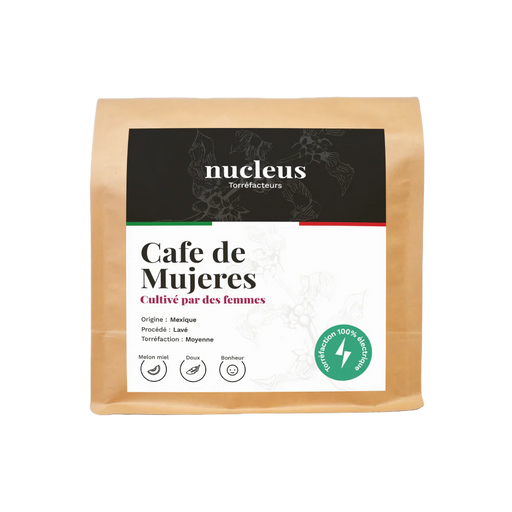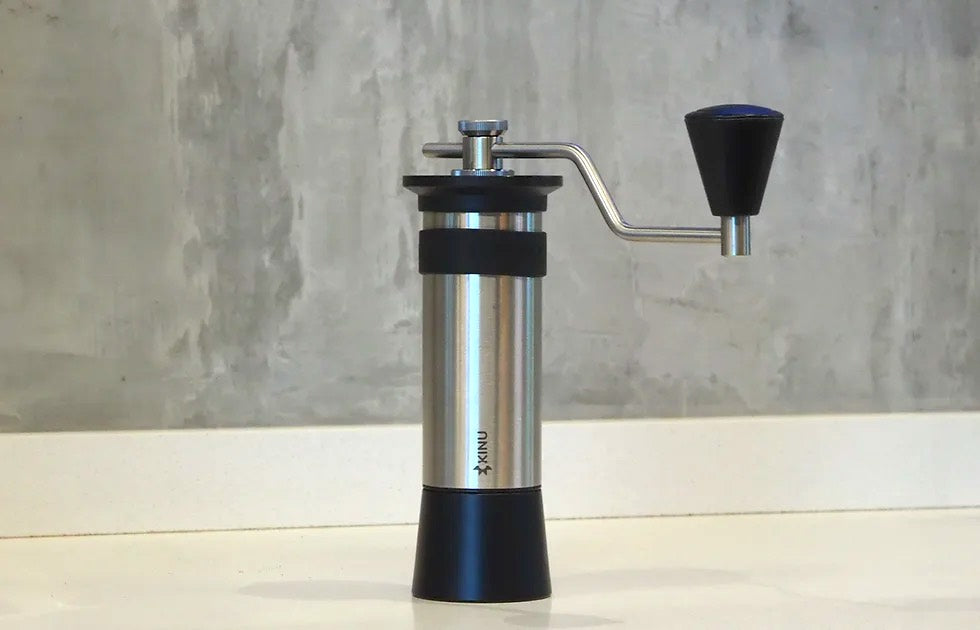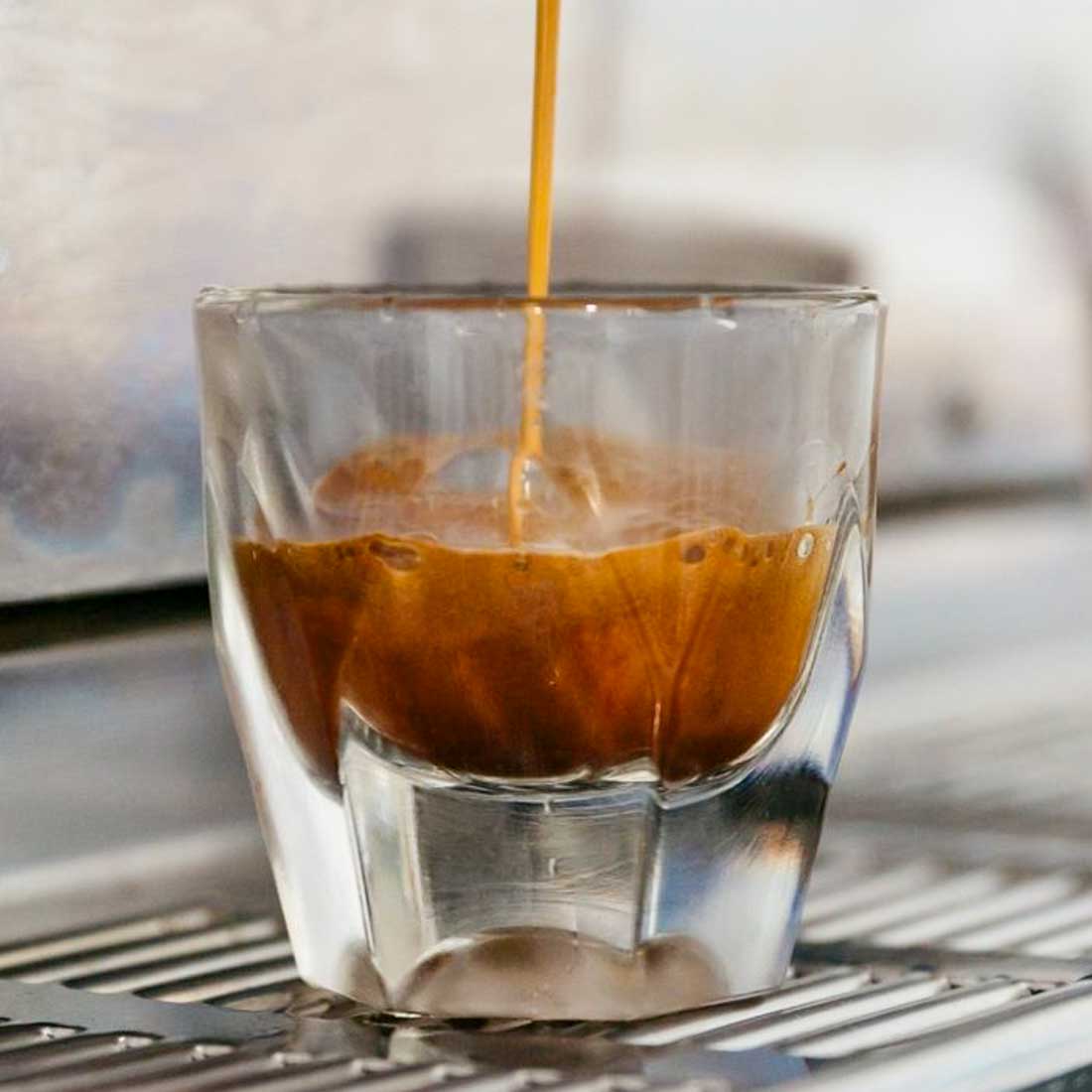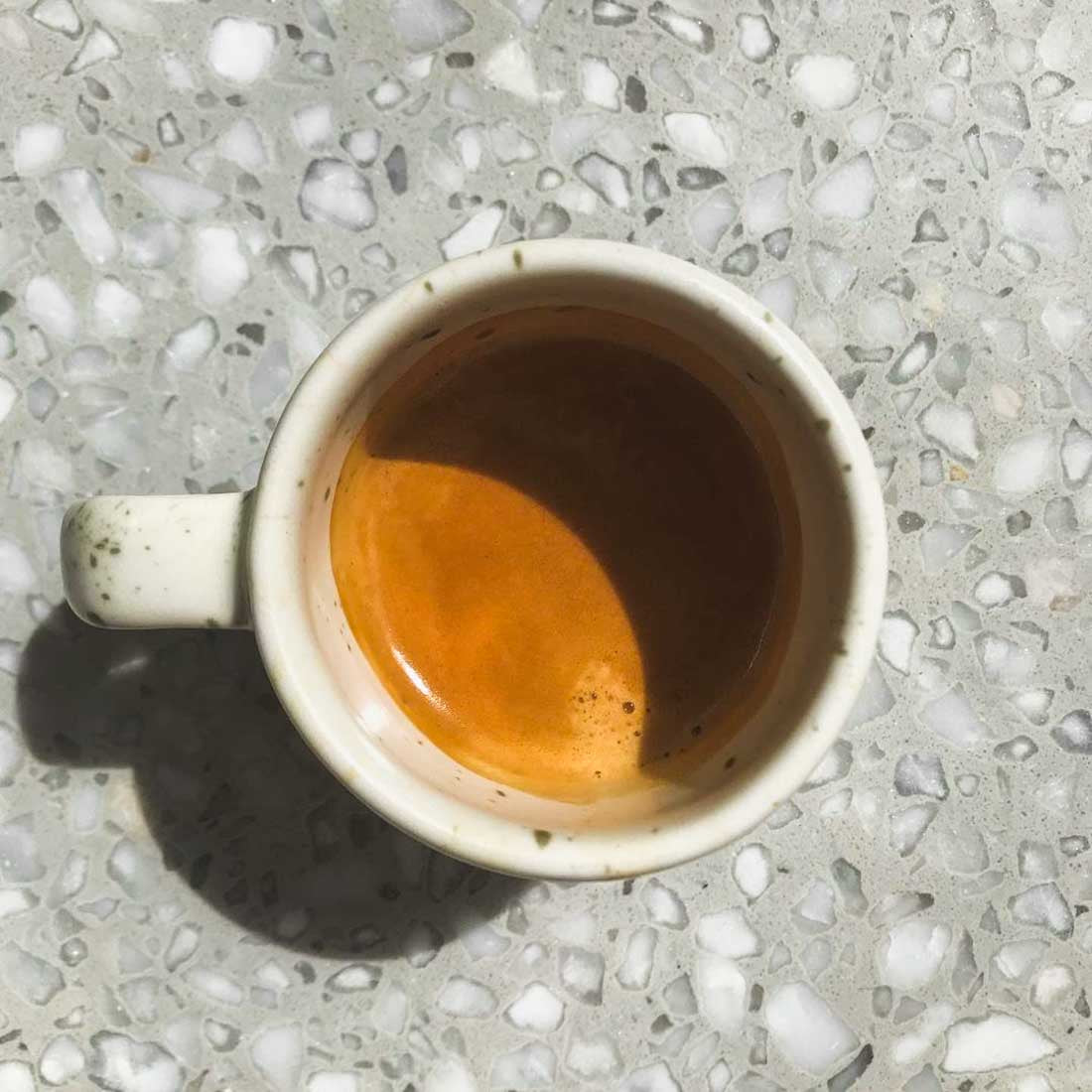Coffee extraction, on the surface, is merely dissolving ground coffee in hot water. However, the journey to a great cup involves a delicate balance: water-to-coffee ratio, precision in the grind, roast quality, water temperature, and brewing time.
Struggling to attain the perfect brew? This article delves into the core concepts of extraction theory, examining the unique flavors arising from over-extraction, under-extraction, and optimal extraction in coffee brewing. Extraction, a complex and pivotal aspect, is the very foundation of coffee.
How Coffee Extraction Works
Easy to sum up, harder to apply. We'll focus on tasting and controlling extraction. Extraction dissolves coffee flavours, impacting taste and aroma. Compounds like caffeine, acids, lipids, and sugars are extracted, shaping the coffee's profile.
Soluble vs Insoluble Coffee Particles
Approximately 30% of a coffee bean's weight is soluble, holding various compounds with salty, sweet, savory, and bitter flavors. These compounds, dissolving in a fixed order, give each coffee its unique taste. The remaining weight is primarily cellulose and plant matter, constituting the seed's structure.
Total Dissolved Solids
In a perfect coffee universe, simply crushing coffee to a fine powder and adding water would unlock all its flavors. Yet, the reality is bitter and unpleasant. Since not all coffee flavors are enjoyable, we need to master extraction control to get a tasteful cup.
Research suggests that regardless of coffee type, roast level, or brewing method, a near-universal preference exists for coffee with an extraction percentage between 18% and 22%. Under-extraction (below 18%) typically results in a sour or salty taste, while over-extraction (above 22%) tends to produce a bitter and woody flavor. However, this trends has started with advancement is burr quality and extraction theory. With new technologies, we can now extract up to 26% and still have great extraction quality.

Factors That Change Extraction
Coffee's genetic traits inevitably affect solubility and extraction, and these traits are inherently immutable. Nonetheless, there are other modifiable factors that also significantly impact these processes. These encompass the temperature at which the coffee is brewed, the length of time the coffee remains in contact with water, the pressure exerted during brewing, the granularity of the coffee grind, and the mineral content present in the water used for brewing.
Importance of Uniformity
Uniform coffee extraction is essential for a balanced flavor and consistent brews. It ensures all coffee particles contribute equally to taste. Without uniform extraction, you risk unbalanced, unpleasant flavors due to over-extracted or under-extracted particles.
Under-extracted Coffee
Under-extraction happens when insufficient flavor compounds are retrieved from the coffee, leaving valuable taste elements behind. To illustrate, imagine an under-pulled shot of espresso, specifically from a light roast. This brew will have a strong sour note, unexpected salty nuances, an absence of sweetness, and a sharp acidity. These are the primary characteristics of under-extracted coffee.
Sharp Acidity
The terms sourness and acidity often cause confusion in coffee discussions. To clarify, sourness can be regarded negatively and can be though of as a sharp acidity. It manifests as a swift, strong flavor, causing immediate physical responses, such as puckered lips or a sharp sensation on the tongue.
In the context of coffee, acidity is neither inherently positive nor negative. It is, in fact, a constituent of the flavor profile. It can contribute delightfully to the coffee experience, but can also manifest as excessive sourness in underextracted coffee.
Lacking Body
Sweetness is often considered integral to a coffee's flavor, sought after particularly in espressos. However, under-extraction results in an absence of sweetness and an unbalanced, overly sour coffee.
Quick Finish
When coffee extraction is executed perfectly, the finish envelops your tongue in a sensation similar to having caramel slowly melting on your tongue. This sensation lasts for a considerable time. In contrast, under-extracted coffee loses this pleasurable persistence, fading away immediately after swallowing, culminating in an abrupt and less enjoyable coffee experience.
While several flavors hint at under-extraction, the three flavors above can give you a clear indicator that your coffee is under-extracted.
Over-extracted Coffee
In contrast to under-extraction, the process of over-extraction refers to extracting an excessive amount of soluble flavors from coffee, leading to the manifestation of unfavorable flavors. This is exemplified in the scenario of an espresso roast brewed for an overly extended period, producing a bitter, drying, and hollow taste – the evident signs of over-extraction.
Low acidity
Over-extracting coffee disturbs the delicate harmony of flavors. It's akin to muting a symphony's highs, leaving only the bass. The resulting brew is bitter, lifeless, and falls short of its true vibrancy.
Bitter & Astringent
Coffee naturally has a bitter edge. However, when over-extracted, this bitterness intensifies, akin to the sharp bite of unsweetened dark chocolate. This bitterness is primarily a result of caffeine, amplified by other chemicals found predominantly in dark roasts.
Astringency, or dryness in coffee, mirrors the sensations of unsweetened black tea or certain wines. Polyphenols, plant chemicals also present in seeds and bark, cause this effect. They bind to proteins in your saliva, leading to a rough or dry sensation.
Hollow and Empty
When coffee is over-extracted, it loses its essence, appearing empty, as though everything in it has been extinguished. In contrast, well-extracted coffee lavishes your palate with richness, offering a smooth, mouthfilling sensation. The unpleasant, rough feel of over-extracted coffee, coupled with its lack of flavour and character, prompts the use of hollow as a descriptor.

Ideally Extracted Coffee
Well-extracted coffee is the art of striking a balance in coffee extraction. Each compound from the coffee bean perfectly balanced, so no bitterness or sourness overpowers. A quality coffee has sweetness, a clarity of flavor that showcases the bean's origin, acidity that adds liveliness without being overwhelming, and a finish that lingers.
Sweetness
A well-extracted brew of coffee is like discovering a secret gold mine. This task calls for the perfect harmony of water volume, brewing temperature, size of the grind, and precise timing. When you hit that sweet spot, the hidden flavors in the coffee bean come to light, revealing tastes that may resemble rich caramel, succulent fruits or creamy chocolate.
Clarity and Transparency
Consider the processing method of coffee as a camera lens providing a clear view of the coffee's flavors. The extraction and roasting processes can be thought of as the adjustment of a camera's focus, fine-tuning the image of the coffee's essence. However, over or under-extraction acts like a misaligned focus, blurring the taste and obscuring the coffee's authentic flavors. Just as an out-of-focus photo detracts from the object's details, extraction faults can conceal the coffee's unique origin and disrupt the overall tasting experience.
Acidity
The unique complexity and distinctive acidity found in coffee deserve appreciation. If the acidity present in the cup reminds you of a certain fruit, it indicates that the extraction was well-executed.

Measuring Extraction
Advancements in the industry have facilitated more accessible ways to measure extraction levels, which previously necessitated the use of $700 equipment. DiFluid has introduced a refractometer which offers a significant cost reduction without compromising accuracy. Alternatively, a Brix meter, though less precise, provides an affordable solution.
Conclusion
Through the process of coffee extraction, we navigate a rich landscape of flavors. By recongnizing these flavors, you can improve you brews. The optimal brew balances sweetness, acidity, and bitterness, revealing a resonant medley of tastes such as caramel, fruit, and chocolate.












Comments
There are no comments.
Your comment